Best lenses for the Panasonic Lumix G9 and G9 II
Here are some things to take into account when choosing the best lenses for the Panasonic Lumix G9 and G9 II
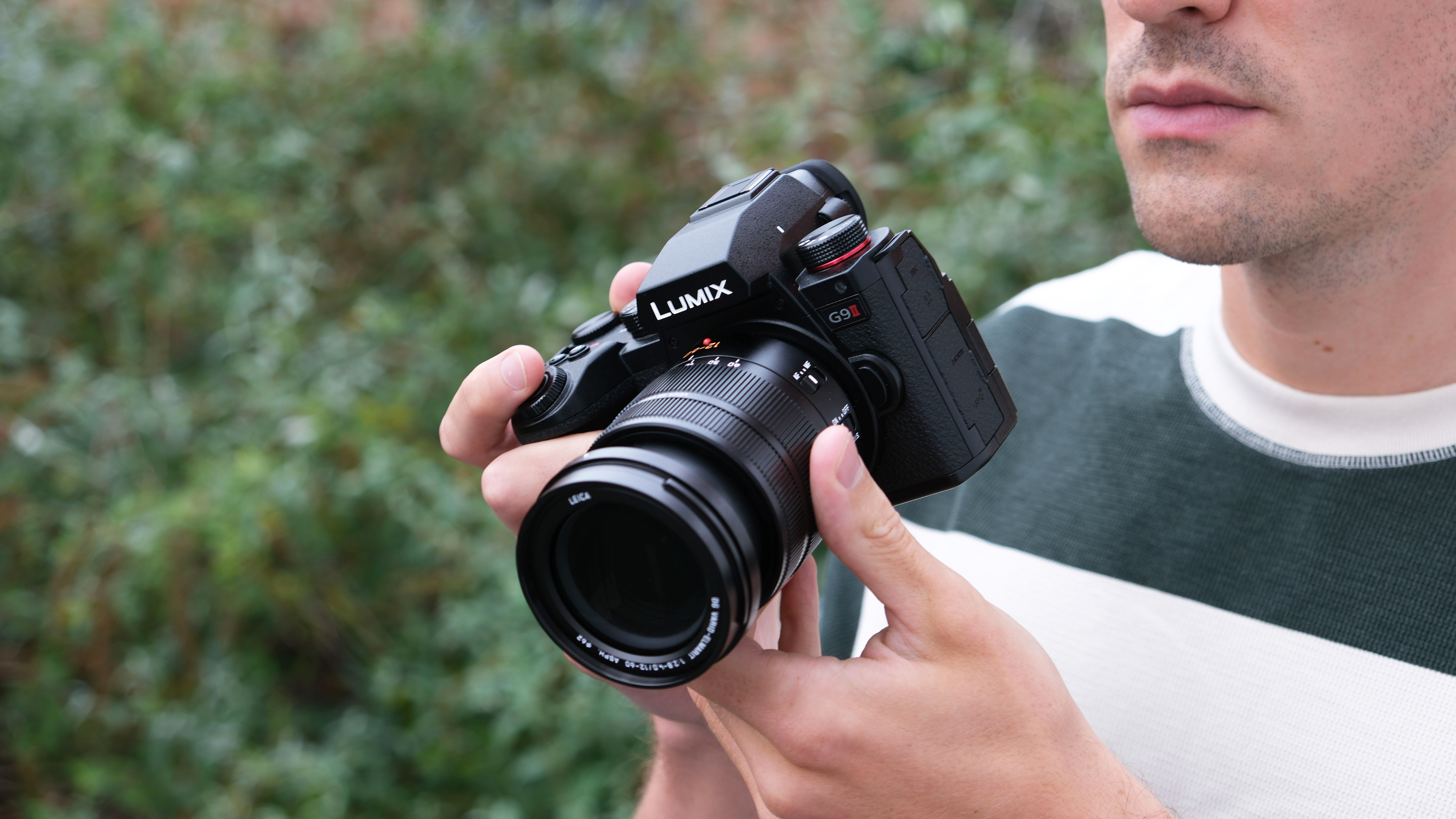
The Panasonic Lumix G9 and G9 II are quite different cameras, both physically and technically, but both cameras have, in their time, been the flagship photo-orientated Lumix G cameras in Panasonic’s Micro Four Thirds line-up.
The Lumix G9 II boasts a higher resolution sensor than the older Lumix G9, a much more capable phase-detect AF system for sports and wildlife photography, and more advanced video capabilities that also build on this new AF performance.
But the Lumix G9 is no slouch. Its 20MP sensor has no anti-aliasing filter and delivers very sharp fine detail, and while its AF tracking lags behind that of the G9 II, it’s still an excellent wildlife camera in the right hands.
Wildlife and sports are two areas where these cameras excel. The relative low weight of these camera bodies and Panasonic’s excellent Lumix G lenses, not to mention their affordability compared to full frame lenses, makes these amongst the best cameras for sports photography for cost-conscious photographers, and the G9 II in particular can lay claim to being one of the best hybrid cameras in this price bracket.
Our list of the best lenses for these cameras picks out some very good medium-long-range telephoto zooms for wildlife and sports photography, but we also include some more everyday lenses for travel, landscapes, architecture and other kinds of subject matter. These are very powerful, versatile cameras and perhaps among the best cameras for enthusiasts as a result.
We’ve selected a whole range of focal lengths, from 14mm equivalent to 800mm, and even the most expensive costs no more than a premium full-frame prime. Now that’s value!
Best lenses for the Panasonic Lumix G9 and G9 II
Why you can trust Digital Camera World
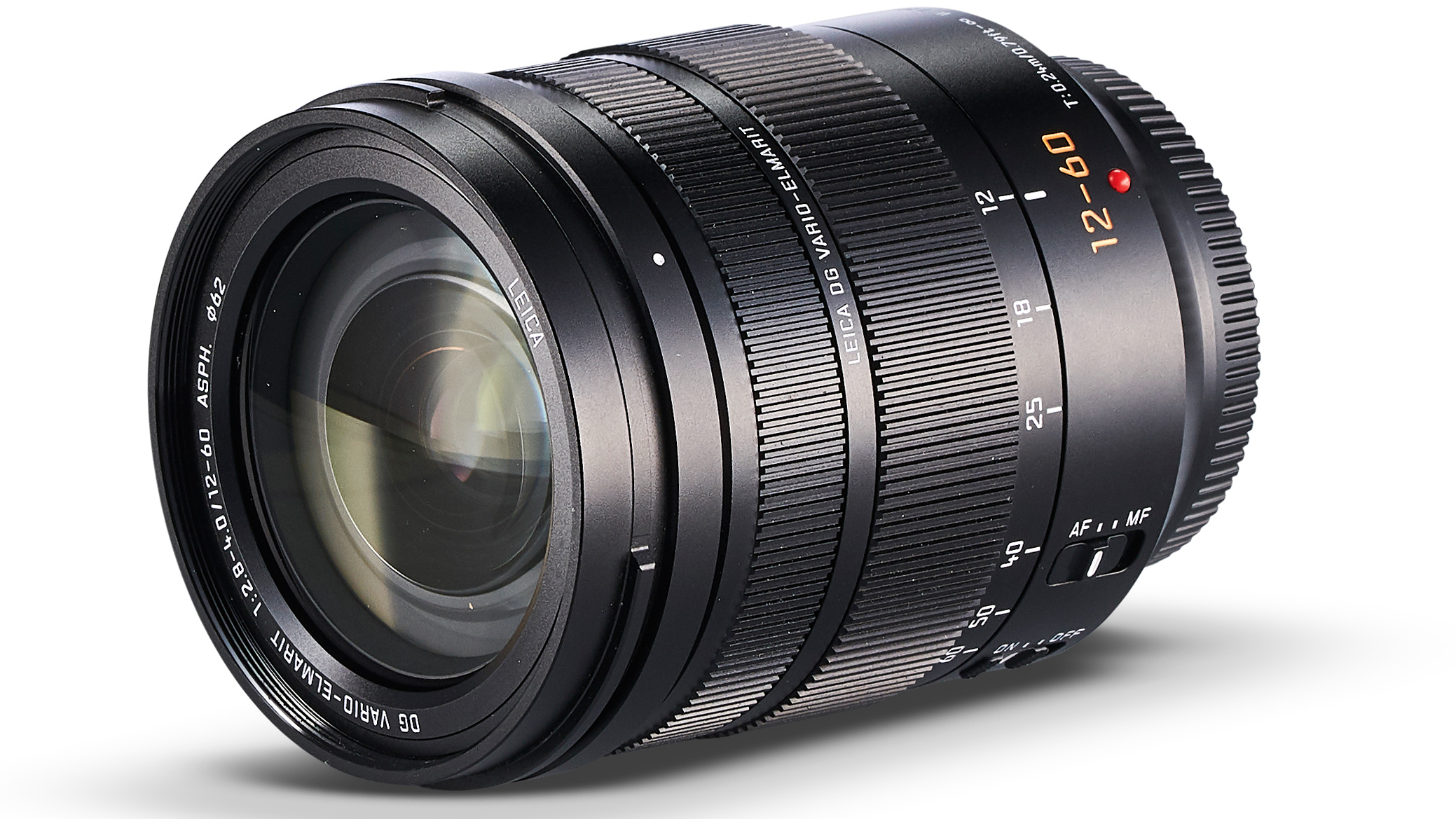
Specifications
Reasons to buy
Reasons to avoid
Panasonic Lumix G users have a couple of great lens choices. To be fair, the cheaper 12-60mm f/3.5-5.6 is actually very good, but the premium professional choice is the Leica DG Vario-Elmarit 12-60mm f/2.8-4 ASPH. It’s well worth seeking out a bundle that includes this lens and, although it does cost a little extra, it costs a whole lot more bought separately. The variable f/2.8-4 maximum aperture might put some people off, but Leica often does this with zooms and, given that this is effectively a 24-120mm zoom, if it was a constant f/4 all the way through the zoom range we’d probably be thinking we’d done well – so think of the faster f/2.8 aperture at the wide end as a bonus! This is a well-made, great-handling lens with sound optical performance – and the perfect match for the G9 or G9 II.
See our full Panasonic Leica G 12-60mm f2.8-4 Asph. Power OIS review with lab results

Specifications
Reasons to buy
Reasons to avoid
If you value zoom range over aperture, then the Lumix G Vario 14-140mm f/3.5-5.6 II ASPH might be the perfect alternative standard zoom for you. With an effective focal range of 28-280mm, it’s certainly versatile – it’s also a fraction of the size and weight of superzoom lenses on other camera formats. It does have a variable maximum aperture, but even at 140mm you can still shoot at f/5.6. It is a bit of a no-frills lightweight lens, though, and like all superzoom lenses it loses some definition at longer focal lengths.
See our full Panasonic Lumix G Vario 14-140mm f3.5-5.6 II ASPH Power OIS review
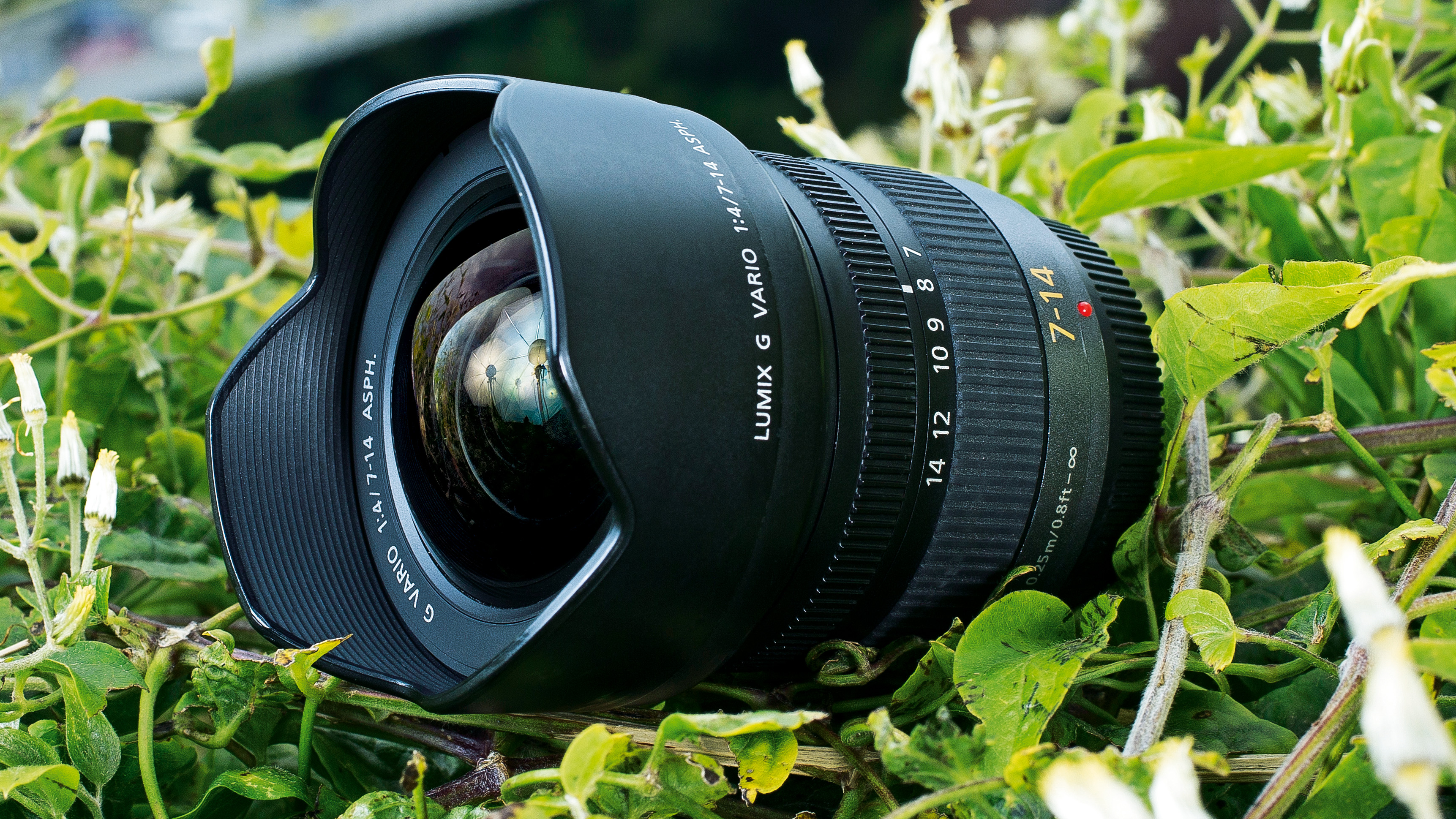
Specifications
Reasons to buy
Reasons to avoid
There is a more expensive Leica-badged 8-18mm f/2.8-4 lens which could be a nice match for the Leica 12-60mm kit lens, but it’s pretty big and perhaps overkill unless you shoot super-wide shots all day. Instead, we think it’s worth taking a look at the cheaper Lumix G Vario 7-14mm f/4 ASPH. It doesn’t just cost less (though to be fair it’s still a fairly pricey lens), it’s smaller and lighter too. This is a lens that can easily fit into a corner of your camera bag just in case you need it. The optical quality is very good overall and the 14-28mm effective focal range is wide enough for just about anything. The only real downside is the bulbous front element and fixed lens hood, which rules out regular filters.
See our full Panasonic Lumix G Vario 7-14mm f/4 ASPH review
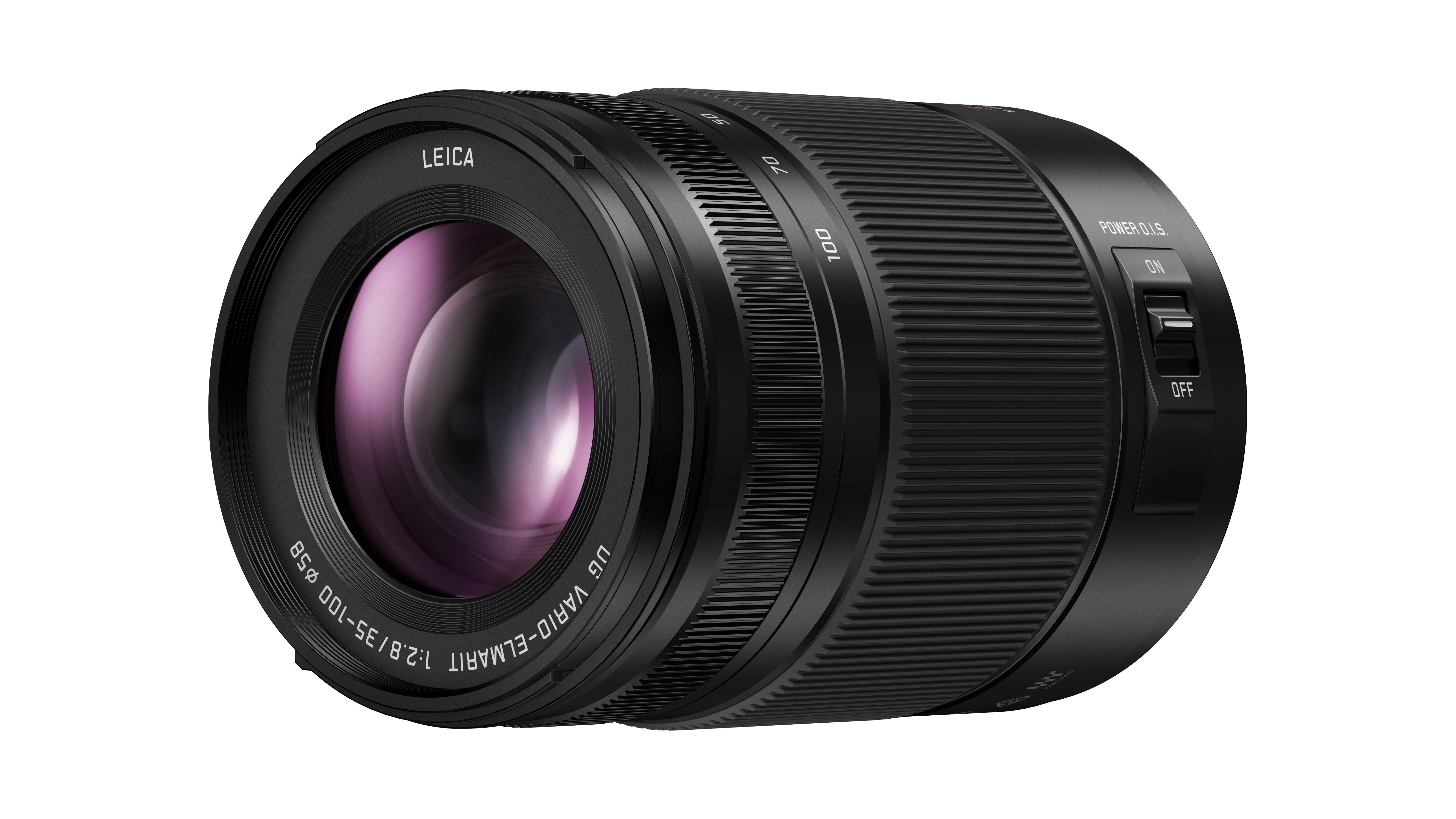
Specifications
Reasons to buy
Reasons to avoid
Most enthusiasts and pros will gravitate towards a 70-200mm f/2.8 zoom. These are normally big and heavy lenses but, because of the scaled-down size of the Micro Four Thirds format, the Leica DG Vario-Elmarit 35-100mm f/2.8 POWER O.I.S. seems positively tiny. You get the same 70-200mm effective focal range, plus image stabilization, but in a lens that’s small and light, easy to find space for and won’t give you arm-ache with extended shooting sessions. The optical performance is very good, and consistent too, right across the focal range. It’s the perfect lens for closer-range wildlife and sports photography, and even portraits too.
See our full Panasonic Lumix G X Vario 35-100mm f/2.8 II Power OIS review

Specifications
Reasons to buy
Reasons to avoid
Much has been made of the Micro Four Thirds system’s potential for wildlife photography, and it’s lenses like this that have built that reputation. The Leica DG Vario-Elmar 100-400mm f/4-6.3 II ASPH offers a huge effective focal range of 200-800mm – yes, 800mm – in a lens that’s perfectly portable and weighs less than 1kg. The image quality holds up extremely well, even at its maximum focal length, and the corner sharpness is consistently good too. Best of all, this Leica-badged super-telephoto is quite reasonably priced, costing no more than a Lumix G9 II body. For a lens of this reach and quality, that’s quite exceptional.
See our full Panasonic Leica DG Vario-Elmar 100-400mm f/4-6.3 Asph. Power O.I.S. review
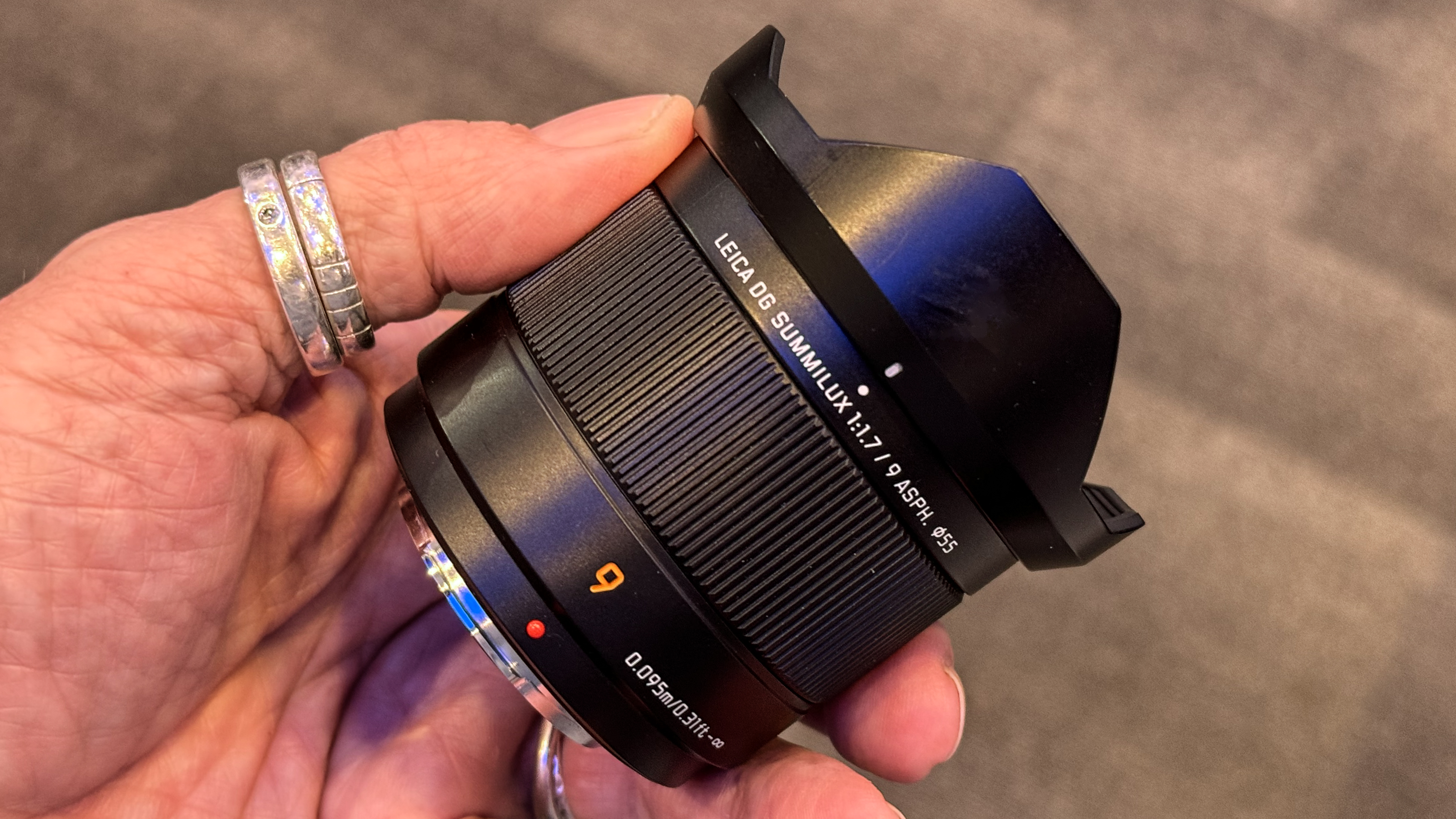
6. Panasonic Leica DG Summilux 9mm f/1.7 ASPH.
Specifications
Reasons to buy
Reasons to avoid
Before the Leica DG Summilux 9mm f/1.7 ASPH there weren’t any wide-angle MFT primes unless you went for manual focus Laowa lenses, so this is a very welcome addition to the Lumix G lens line-up. The 9mm focal length gives an effective 18mm wide-angle view, and this is coupled with a fast f/1.7 maximum aperture. This is a very compact, nicely designed lens that hardly takes up any space at all and is a pleasure to use. It’s not even particularly expensive. The only downsides are some edge softness at wider apertures and some tendency towards purple fringing.
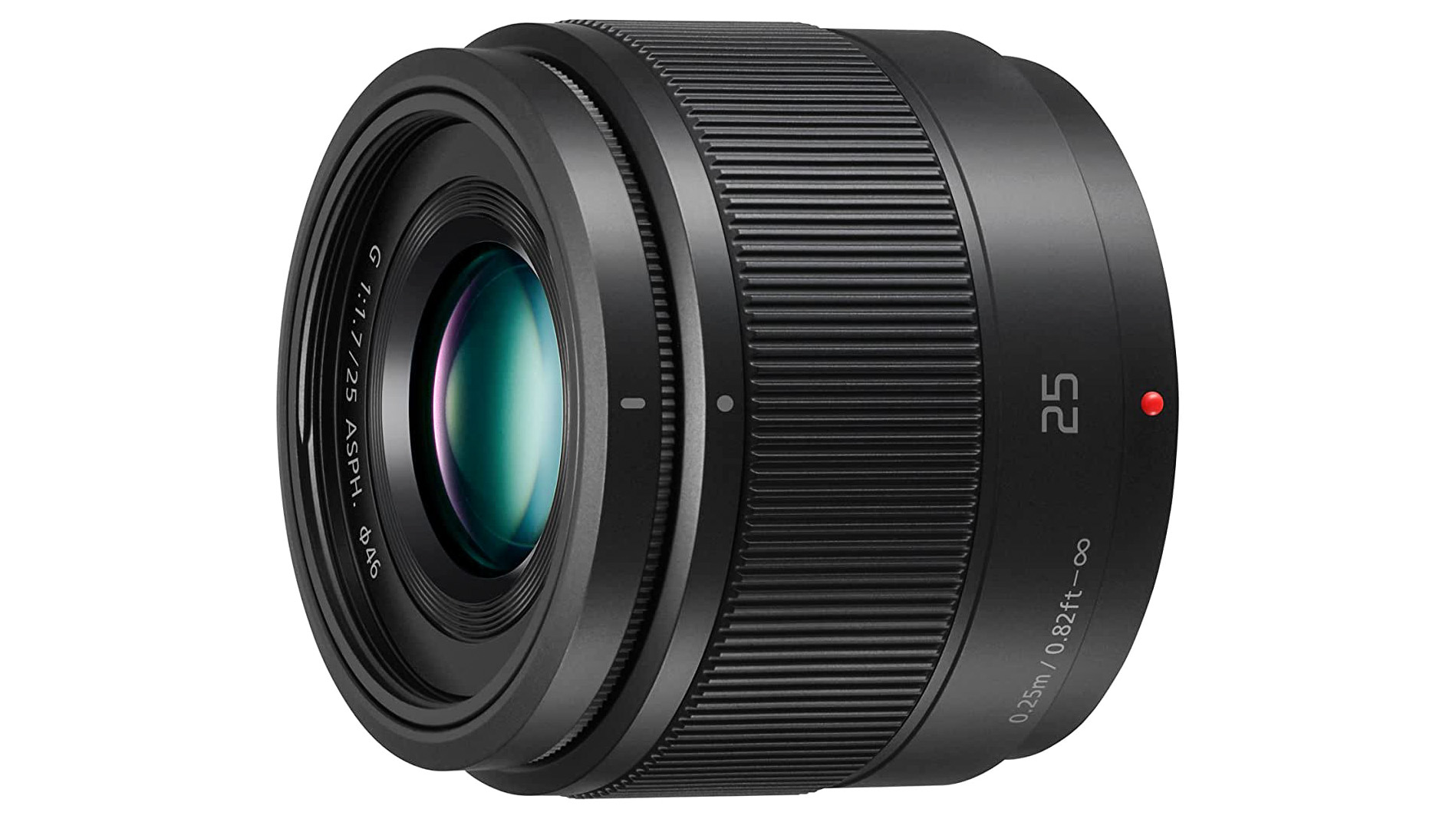
7. Panasonic Lumix G 25mm f/1.7 ASPH.
Specifications
Reasons to buy
Reasons to avoid
If you like the 50mm focal length but don’t use it all that often, this could be the ideal lens for you. The Lumix G 25mm f/1.7 ASPH is very cheap to buy and, when you first pick it up, you might think it’s a pretty cheap-feeling lens all round. However, it’s optically rather good. You can use it wide open without losing significant sharpness or contrast, and at regular everyday apertures it delivers images with real bite. It doesn’t feel like it has a whole lot of class – it only weighs 125g – but appearances can be deceptive and this really is a good little lens.
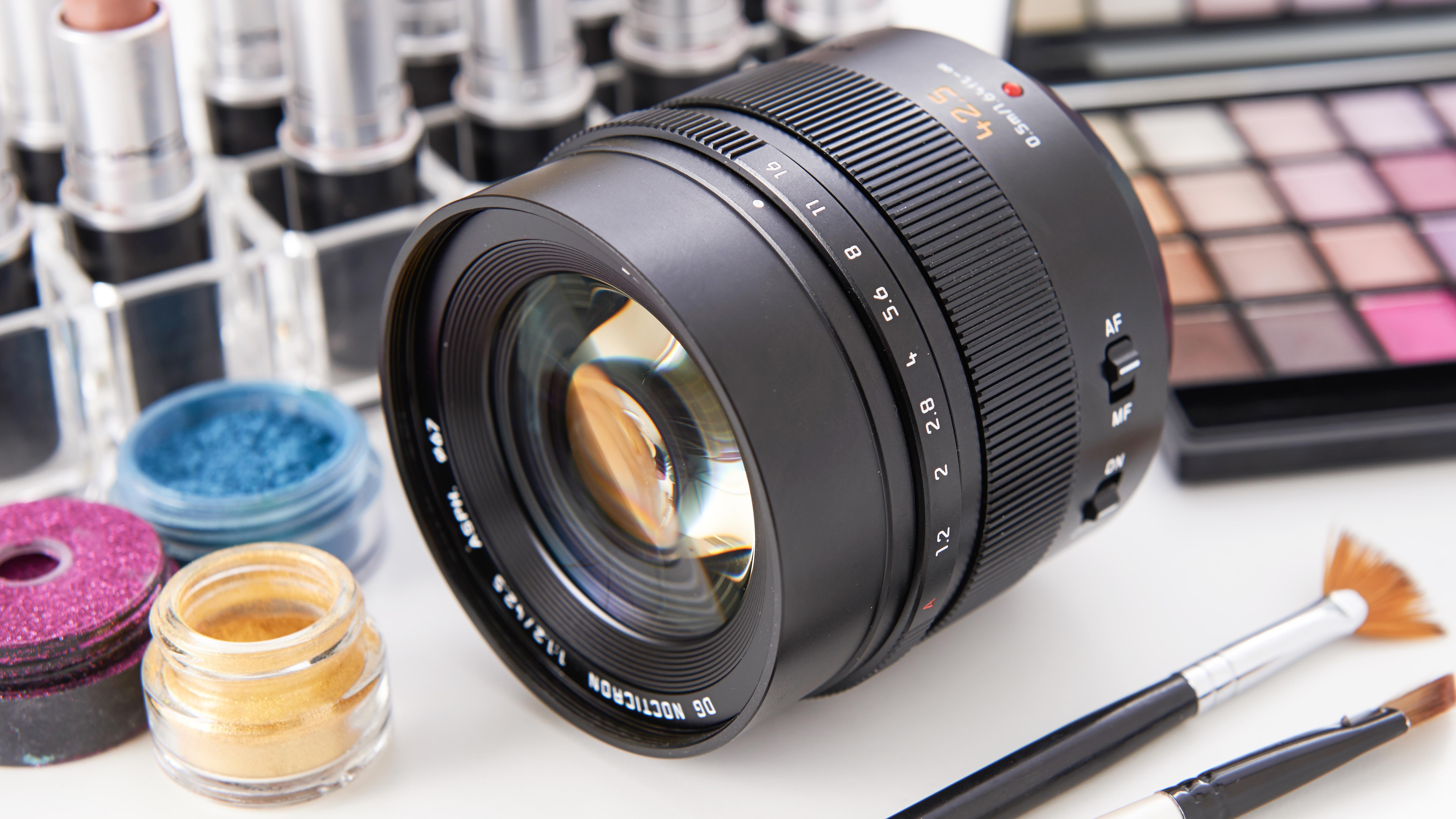
Specifications
Reasons to buy
Reasons to avoid
Obviously with a Micro Four Thirds camera you’re not going to get the same razor-thin depth of field as a full frame portrait lens, but the Lumix G 42.5mm f/1.7 ASPH can still produces quite nice background separation in head and shoulders portrait shots and, unusually for a portrait prime, it has image stabilization built-in. That won’t matter so much with the Lumix G9 and G9 II which both have highly effective IBIS anyway, but it’s nice to have if you ever want to use this on an older unstabilized body. The 7-bladed aperture won’t perhaps produce the creamiest bokeh, but on the upside, this tiny lens delivers excellent center sharpness and very good corner sharpness right across the aperture range.
See our full Panasonic Lumix G 42.5mm f/1.7 Asph. Power OIS review
Get the Digital Camera World Newsletter
The best camera deals, reviews, product advice, and unmissable photography news, direct to your inbox!

Rod is an independent photography journalist and editor, and a long-standing Digital Camera World contributor, having previously worked as DCW's Group Reviews editor. Before that he has been technique editor on N-Photo, Head of Testing for the photography division and Camera Channel editor on TechRadar, as well as contributing to many other publications. He has been writing about photography technique, photo editing and digital cameras since they first appeared, and before that began his career writing about film photography. He has used and reviewed practically every interchangeable lens camera launched in the past 20 years, from entry-level DSLRs to medium format cameras, together with lenses, tripods, gimbals, light meters, camera bags and more. Rod has his own camera gear blog at fotovolo.com but also writes about photo-editing applications and techniques at lifeafterphotoshop.com
